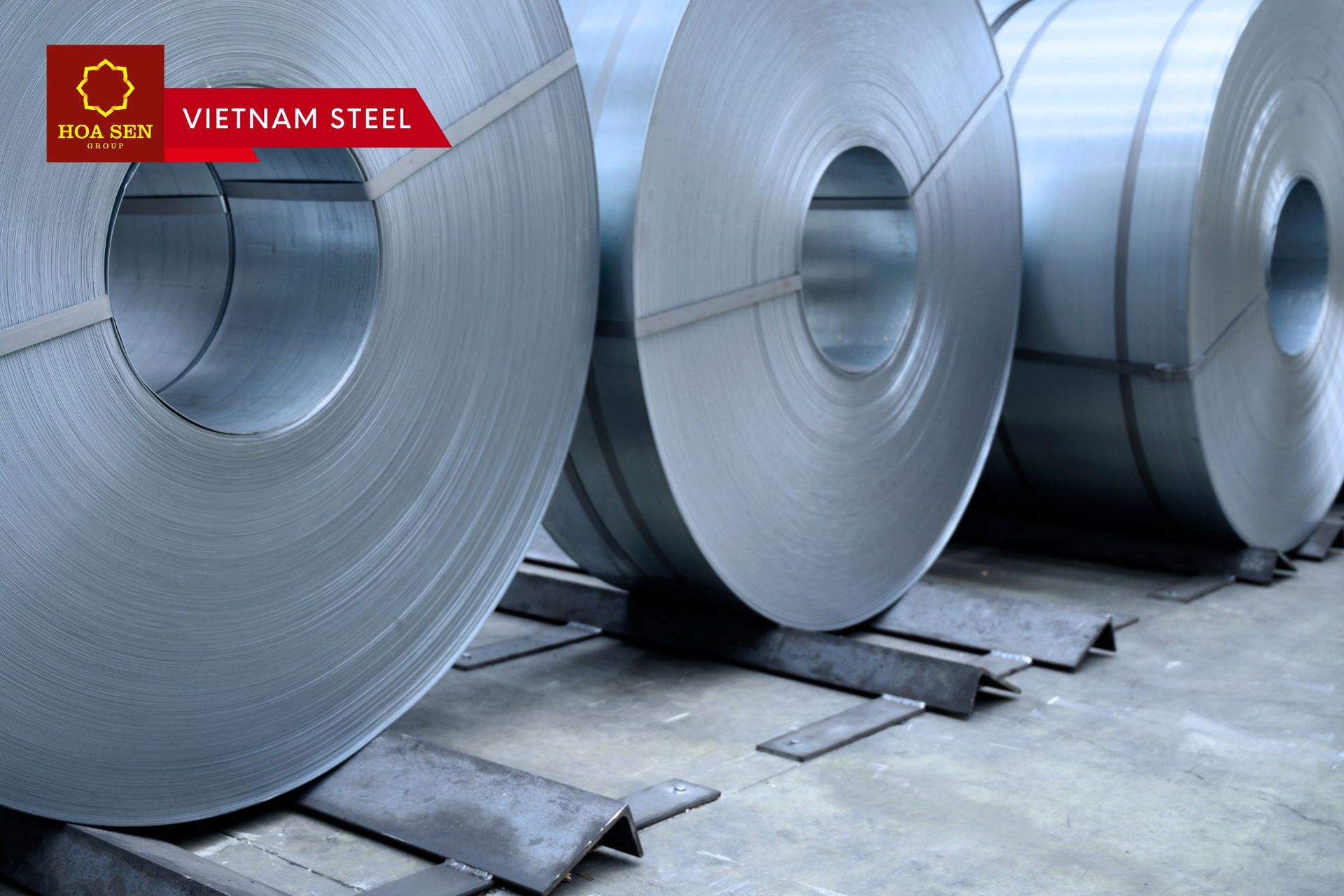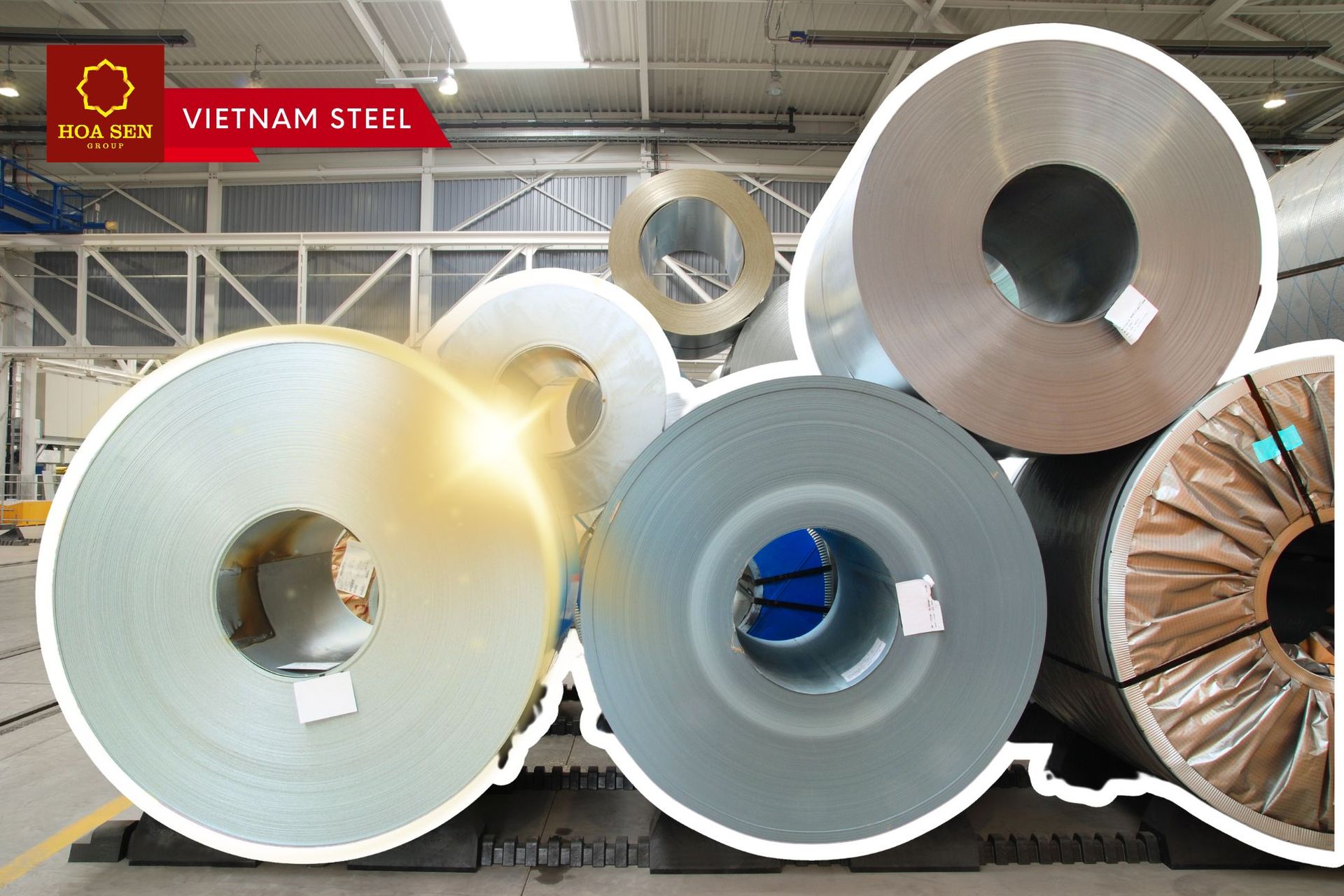What is Galvanized Steel?
Galvanized steel is a form of standard steel that undergoes a coating process with zinc to significantly enhance its resistance to corrosion. The purpose of the galvanized protective coating is to safeguard the iron steel substrate from damage caused by moisture, saturated environmental conditions, or ambient humidity. Through the galvanization process, a sacrificial layer is formed between the zinc protective layer and the steel, ensuring optimal protection against elements that can induce rust. This unique characteristic enables galvanized steel to provide maximum durability in the presence of rust-inducing factors.
The Galvanized Steel Manufacturing Process
Galvanized steel is typically created through a process where the steel is dipped into molten zinc, allowing the zinc to bond with the steel much like an alloy. In this way, zinc goes beyond being a mere protective coating and becomes an integral part of the steel's chemical composition. Within galvanized steel, there exists a gradient mixture of steel and zinc, with the interior primarily composed of steel and the exterior coated in zinc. This combination of metals results in a material that exhibits the advantageous properties of both steel and zinc.
- The most common method of galvanization is hot-dipped galvanization, where the steel is immersed in molten zinc.
- Another method involves spraying zinc onto the steel, although this technique tends to create a weaker layer of zinc compared to hot-dipped galvanization.
Galvanized Steel Applications
Galvanized steel is utilized in various forms, including galvanized pipes and galvanized wire. Galvanized steel frames are commonly employed in house construction. Automotive components, such as truck and bus body parts, are often made from this type of steel. Galvanized metal finds its way into numerous household appliances, such as washing machines, air conditioning housings, hair dryers, and computer parts.
It is also prevalent in high tension electrical towers, protective gear, and highway signs. This alloy is extensively used for crafting wrought iron gates, as well as related items like door and window bars. Metal pails and buckets of different types are manufactured using galvanized steel.
Initially, during the invention of the galvanization method, it was employed for making ornaments, wall and roof hangings, as well as door and window coverings, which provided protection against elements like wind and rain. In the present day, galvanized steel is extensively used in the hot dipping method for manufacturing steel nails.
Additionally, galvanized steel is employed in the construction of coverings for gutters and manholes on roads, offering effective anti-rust properties suitable for items exposed to water, such as underground sewers and waste pipelines. Many commercial buildings feature an exterior layer of galvanized steel on walls and pillars to safeguard the entire structure from rust and corrosion. Moreover, the characteristic appearance of this alloy allows constructed buildings to blend harmoniously with their surrounding structures.
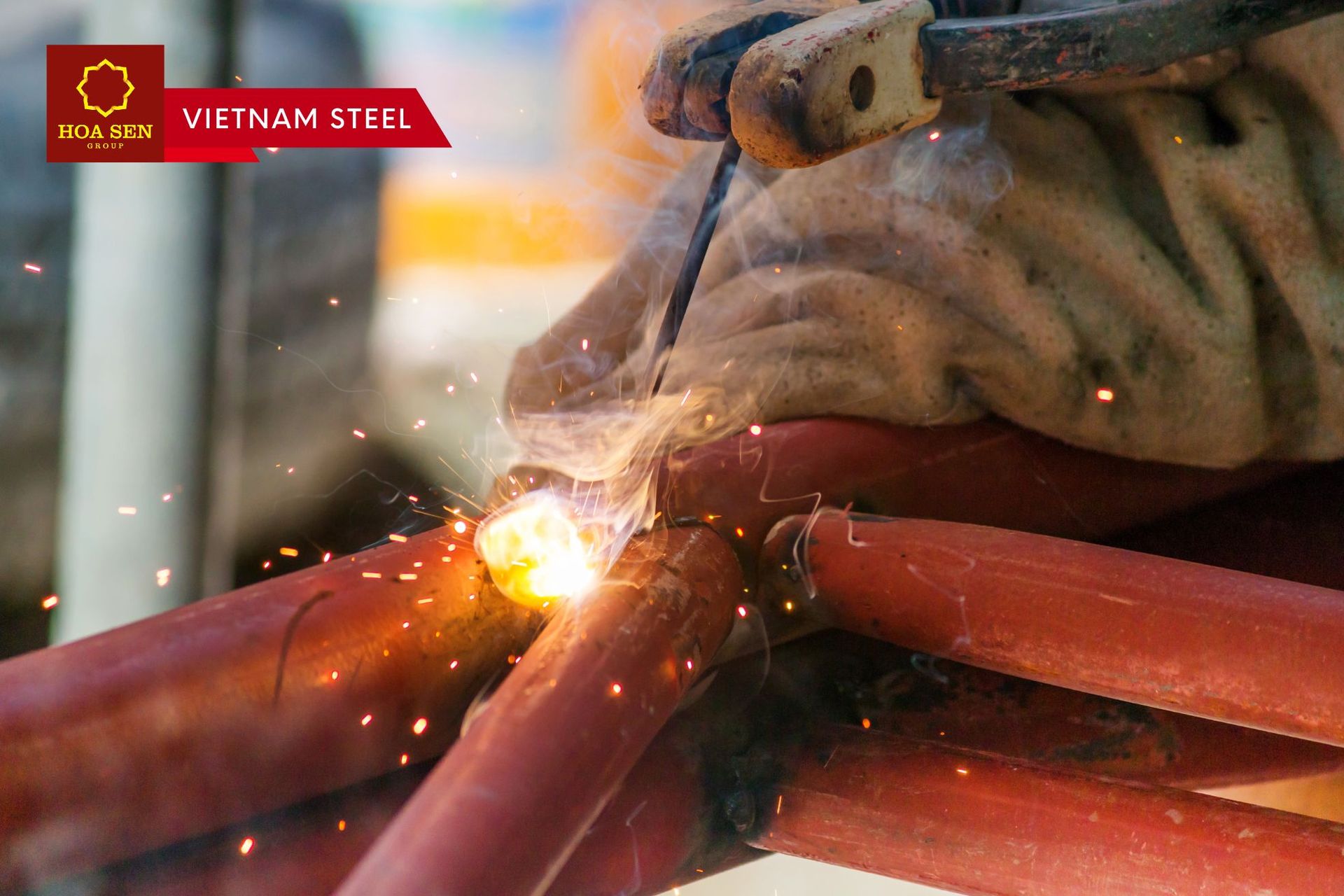
Galvanized Steel Advantages
Galvanized steel, with its sacrificial zinc layer, provides numerous unique benefits. Let's explore some of them:
- Rust Resistance: Galvanized steel effectively protects against rust formation. By introducing a zinc buffer between moisture, oxygen, and the steel, it significantly reduces the steel's susceptibility to rusting.
- Easy Inspection: Assessing the strength of a galvanized coating is straightforward. A simple visual inspection allows one to gauge the thickness of the zinc layer. Quick stress tests can provide insights into the quality of the galvanized steel.
- Sacrificial Anode: Galvanized steel employs a sacrificial anode mechanism. This means that even if the steel section is fully exposed or damaged, the surrounding zinc coating takes on the role of corrosion protection. The zinc corrodes first, preserving the integrity of the underlying steel.
- Longer Life: Galvanization significantly extends the lifespan of industrial steel. In average environments, galvanized steel can last for more than 50 years. Even in severe water exposure scenarios, it can endure for over 20 years. Remarkably, galvanized steel requires little to no maintenance, contributing to its longevity.
Galvanized steel's remarkable rust resistance, ease of inspection, sacrificial anode protection, and extended lifespan make it an excellent choice for various applications.
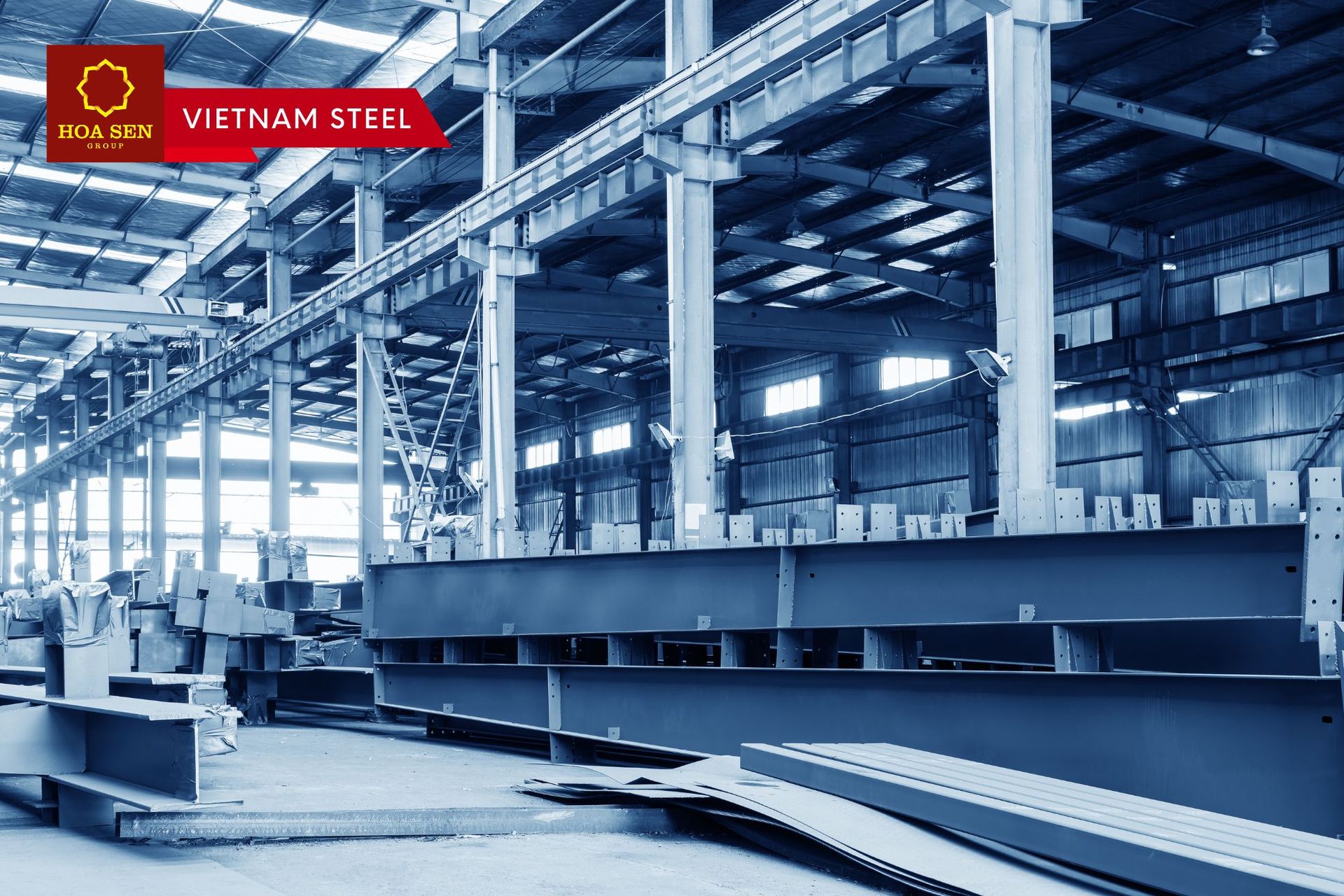
Galvanized Steel Disadvantages
While galvanized steel offers many advantages, it may not be suitable for all applications, as it has a few drawbacks to consider. Let's explore them:
- Impracticality for Certain Items: Galvanizing certain steel pieces can be impractical due to their size. Some items may be either too small or too large to undergo the hot-dipping process. In such cases, alternative galvanization methods may not be feasible or cost-effective.
- Temperamental Zinc: It is crucial to allow sufficient cooling and settling time for galvanized steel. This is because zinc can be temperamental, and proper bonding between the zinc and the steel is essential for effective galvanization. Inadequate cooling or settling time can lead to issues such as peeling of the zinc coating. Additionally, it is crucial to ensure the right thickness of the zinc coating is applied for optimal protection.
It's important to carefully consider these factors and assess whether galvanized steel is the most suitable choice for a particular application. While galvanized steel offers excellent corrosion resistance and durability, the limitations associated with size constraints and proper bonding should be taken into account.
Does Galvanized Steel Rust?
Galvanized steel, despite its protective zinc-oxide barrier, is not impervious to rust over time. The speed at which galvanized steel rusts depends on various factors. Some of these factors that can increase corrosion include:
- Outdoor Environmental Issues: Galvanized steel may be more susceptible to rust when exposed to harsh outdoor conditions such as saltwater or high humidity levels. These conditions can expedite the deterioration of the galvanized coating.
- Atmospheric Considerations: Certain atmospheric factors, such as exposure to natural gas or acid rain, can contribute to the corrosion of galvanized steel. These corrosive agents can gradually weaken the protective zinc layer.
- Temperature Fluctuations: Extreme temperature fluctuations can impact the longevity of galvanized steel. Frequent changes in temperature can cause expansion and contraction, potentially compromising the integrity of the galvanized coating.
- Air Pollution: High levels of air pollution, particularly pollutants containing sulfur compounds, can accelerate the rusting process of galvanized steel. These pollutants can react with the zinc coating, leading to corrosion.
Additionally, while galvanized steel components like nuts or fasteners can withstand exposure to water, prolonged exposure to saltwater or complete immersion in water can hasten the degradation of the galvanized coating.
It is important to consider these factors when assessing the durability and expected lifespan of galvanized steel in specific environments. While galvanization provides enhanced corrosion resistance, external factors can influence the rate of rust formation over time. Regular maintenance and monitoring are recommended to ensure the ongoing protection of galvanized steel components.
Read More: What is Galvanized Steel Sheet? Applications of Galvanized Steel Sheet
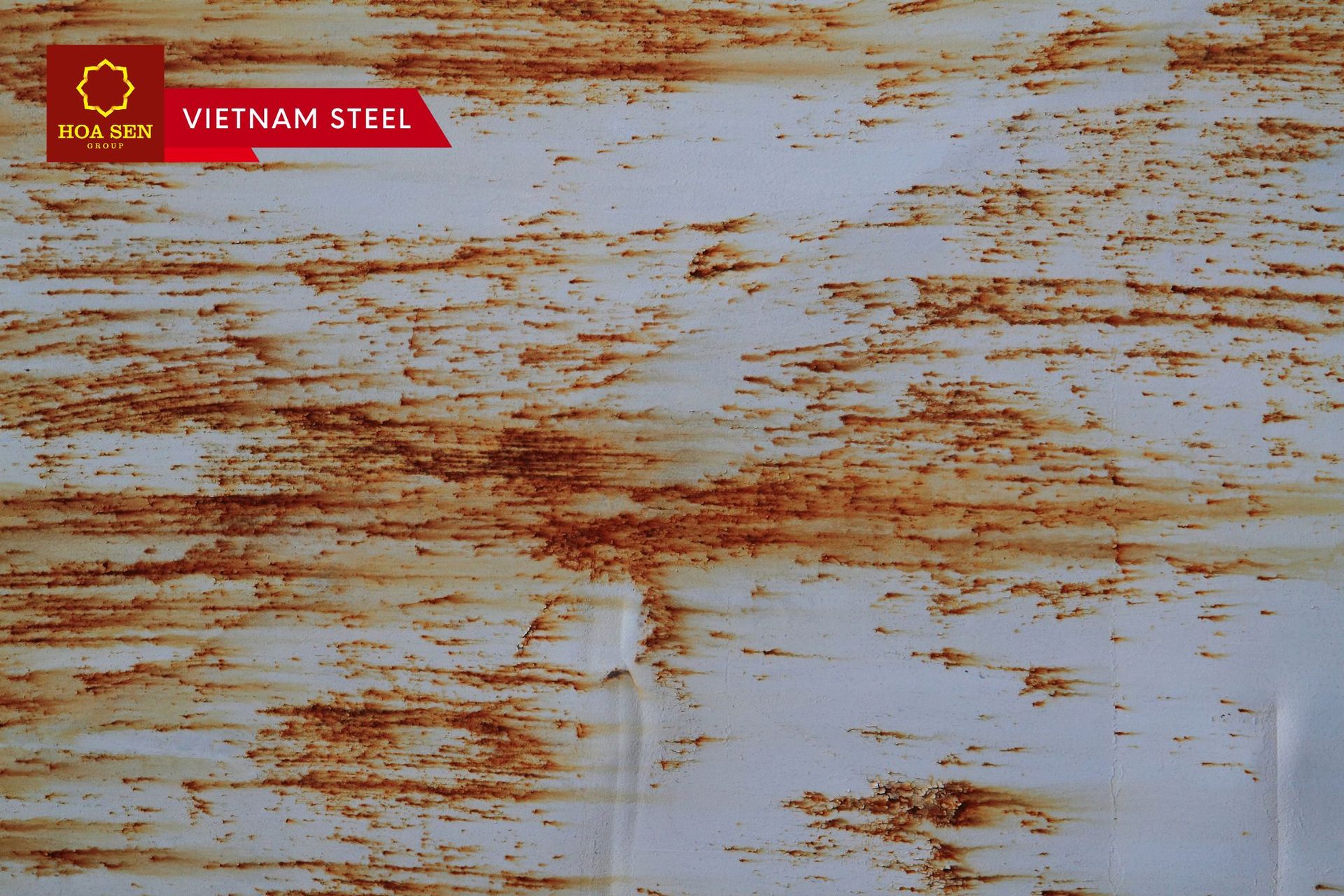
Vietnam Steel by Hoa Sen Group
